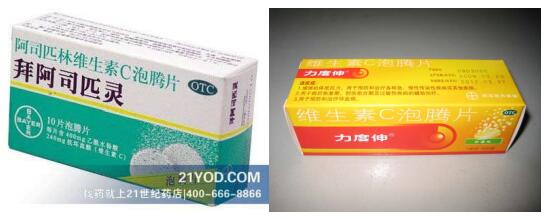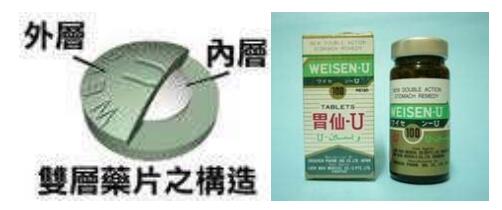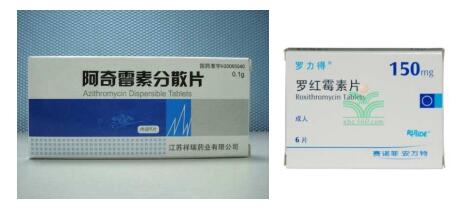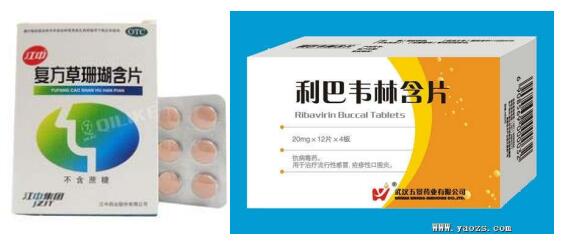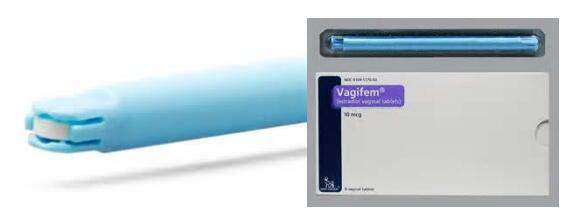What is Tablet I
Writer: admin Time:2020-05-14 10:40 Browse:℃
In this article, we will introduce the definition of tablet, the advantage and disadvantage of tablet, and also what are the types of tablet.
1. Overview
Ø Tablets are tablet solid preparations of round or irregular shapes, which are made from active pharmaceutical ingredients (API) and proper excipients.
Ø It is one of the most widely applied clinical preparation (40%).
Ø The first single punch table press was invented in 1876.
Ø A large amount of research has been done on tablet forming theories and disintegration and dissolution principles.
Ø Multi-punch tablet press, irregular-shape tablets production and direct tablet press for powders.
Ø New excipients are various.
Ø Coating techniques develops a lot.
2. Features
Ø Tablets are dense and small. They can be transported, stored, carried and taken conveniently.
Ø Tablets are of accurate dosage, low cost and price.
Ø Tablets are chemically stable and are hardly influenced by external factors.
Ø Tablets production is highly mechanical and automatic.
Ø Different tablets can be made based on clinical requirements.
3. Shortages
Ø It is difficult for infants or the insensible to take tablets.
Ø Improper formula and technique design will lead to problems of dissolution and bioavalability.
Ø Tablets containing volatile ingredients cannot be stored for a long time.
4. Types
1) Compressed tablets:
Ø They are compressed from API and excipients, without coating;
Ø They are called tablet core before coating;
Ø Tablets weighs 0.1-0.5g normally.
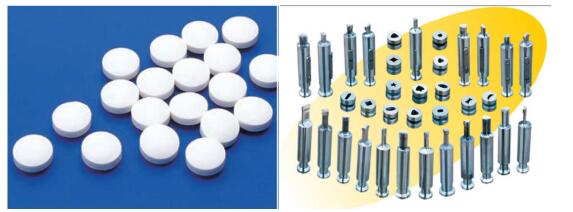
2) Coated tablets
Ø Sugar-coated tablets: tablets coated by sucrose;
Ø Film-coated tablets: tablets coated by polymer film;
Ø Enteric coated tablets: tablets coated by materials dissolving in intestinal fluid instead of gastric juice.
3) Effervescent tablets
Ø Effervescent tablets contain sodium bicarbonate and organic acid. They can generate gas and become effervescent when put in water.
Ø Their API is soluble and can dissolve right after gas generation.
Ø Organic acid can be citric acid, tartaric acid, fumaric acid...
Ø They are suitable for kids or inpatients of dysphagia.
Ø They can be disintegrated in 5min.
4) Chewable tablets
Ø They are tablets taken by chewing.
Ø Some soluble excipients such as mannitol, sorbitol and sucrose are used as filler and adhesive.
Ø Their hardness should be proper.
Ø Disintegration should be promoted for API of difficult disintegration.
Ø They are suitable for children.
5) Multilayer tablets
Ø To avoid changes of compatibility of medicines.
Ø For sustained release or controlled release.
Ø Example: WEISEN-U, which is tablet of double layer:
n Outer layer: 33mg sodium glycyrrhizinate, 17mg glucuronic acid, 160mg dry aluminum hydroxide gel, 145mg magnesium trisilicate, 1mg cow gall extract, 1mg L-menthol, 0.8mg Chlorophyll
n Inner layer: 25mg vitamin U (main agent of WEISEN-U), amylase
6) Dispersible tablets
Ø They are tablets that can disintegrate rapidly and disperse uniformly in water.
Ø Their API is insoluble.
Ø They can be taken after dissolving in water or directly swallowed.
Ø Dissolution rate and dispersing uniformity should be tested:
n Testing for dispersing uniformity: 6 sample tablets in 100ml water at 15-25°C, shaking them for 3min. They should be totally disintegrated and can pass through #2 screen.
7) Sublingual tablets
Ø These tablets dissolve rapidly under tongue and can be absorbed through sublingual mucosa to play a role in the body.
Ø API should be absorbed easily and directly.
Ø They are mainly used in emergency treatment.
Ø First pass effect of liver on medicine should be avoided.
8) Buccal tablets
Ø They are tablets dissolving slowly in oral cavity and playing a role in a part or the whole body.
Ø API is usually soluble.
Ø They play a role to diminish inflammation, sterilize, astringe, relieve pain or anesthetize locally.
9) Sustained release tablets: Medicines are released slowly in a non-constant speed.
10) Controlled release tablets: Medicines are released slowly in a constant speed.
11) Orally disintegrating tablets
Ø They are tablets which can disintegrate or dissolve rapidly in oral cavity without water.
Ø Their API is usually of small dosage for inpatients who have dysphagia or are not willing to take medicines.
Ø They are produced by direct tablet press and freeze-drying.
Ø They disintegrate or dissolve rapidly in oral cavity. They are of good taste, easy swallowing and no stimulation to oral mucosa.
Ø They should disintegrate absolutely in 60s and pass through screen.

12) Solution tablets
Ø They are non-coated tablets or film-coated tablets and can be used after dissolving in water.
Ø They should be soluble and the solution is slightly opalescent.
Ø They can be taken orally, topically or by gargling.
Ø They are generally used to gargle, disinfect or clean wounds, such as compound borax mouthwash.
Ø They should disintegrate and dissolve completely in 3min.
13) Vaginal tablets and vaginal effervescent tablets
Ø They are tablets used in vaginal.
Ø They should be put into vaginal easily so their shapes are required. Some instruments can be used for medicine putting.
Ø Tablets can dissolve, melt and disintegrate easily and then release medicines. They can diminish inflammation and sterilize locally or disperse sex hormones.

